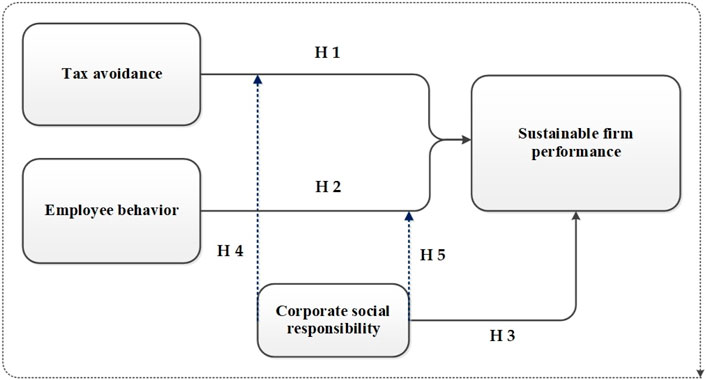

**Incorporation of Hybrid Vehicles into New Green Tax Framework**
As worldwide apprehensions regarding climate change and ecological sustainability intensify, governments across the globe are exploring creative methods to curtail carbon emissions and encourage cleaner transportation. One initiative in this direction is the incorporation of hybrid vehicles into new green tax frameworks, aimed at incentivizing the use of environmentally friendly vehicles and diminishing reliance on fossil fuels.
**Grasping Hybrid Vehicles**
Hybrid vehicles merge an internal combustion engine with an electric motor, delivering enhanced fuel efficiency and lowered emissions in comparison to conventional gasoline-powered vehicles. These vehicles can run on electric power solely for limited distances, significantly reducing their carbon footprint. The dual power setup facilitates regenerative braking, where energy typically lost during braking is captured and utilized to recharge the battery.
**The Justification for Green Tax Frameworks**
Green tax frameworks are designed to motivate consumers and manufacturers to adopt sustainable methods by offering financial incentives for eco-friendly choices. By imposing taxes on higher-emission vehicles and providing tax reductions or credits for low-emission options, governments can steer the market towards greener alternatives. This strategy not only aids in cutting down greenhouse gas emissions but also promotes innovation in the automotive sector.
**Incorporation of Hybrid Vehicles**
The incorporation of hybrid vehicles into green tax frameworks is a calculated decision to connect the gap between traditional vehicles and fully electric models. While electric vehicles (EVs) are frequently perceived as the final aim for zero-emission transportation, hybrids present a practical and reachable substitute for numerous consumers. By integrating hybrids into green tax policies, governments can hasten the shift to cleaner vehicles without overwhelming infrastructure or consumers.
**Advantages of Including Hybrids**
1. **Heightened Adoption**: Tax advantages for hybrid vehicles can enhance their financial appeal, encouraging more consumers to transition from traditional cars.
2. **Diminished Emissions**: Hybrids emit fewer pollutants than traditional vehicles, aiding in cleaner air and a decreased overall carbon footprint.
3. **Technological Progress**: Supporting hybrid technology can spur further innovation, resulting in more efficient and cost-effective models in the future.
4. **Economic Development**: The hybrid vehicle industry can promote economic growth by generating jobs in the manufacturing, sales, and maintenance fields.
**Obstacles and Considerations**
Although the incorporation of hybrid vehicles into green tax frameworks is encouraging, it presents challenges. Policymakers must astutely adjust incentives to prevent market imbalances and ensure that the advantages of hybrids are not eclipsed by the swift progression of EV technology. Furthermore, enhancements to infrastructure, like charging stations, are essential to support the increasing number of hybrid and electric vehicles.
**Final Thoughts**
The incorporation of hybrid vehicles into new green tax frameworks signifies a vital stride towards sustainable transportation. By offering incentives for hybrids, governments can facilitate a gradual shift to cleaner vehicles, decrease emissions, and foster environmental accountability. As technology progresses, these tax frameworks will need to evolve, making certain they continue to endorse the most efficient solutions for minimizing the ecological impact of transportation.






